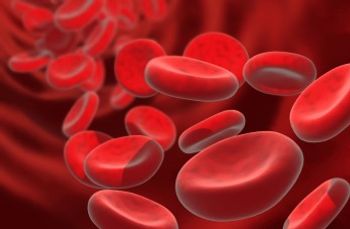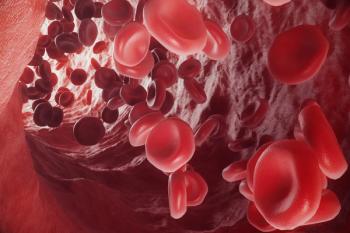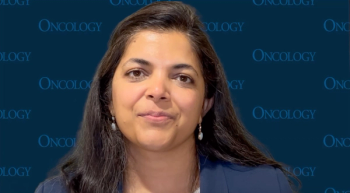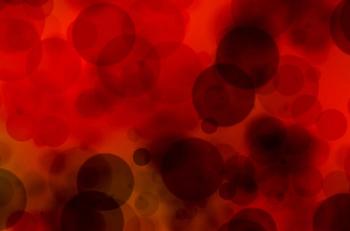
Oncology NEWS International
- Oncology NEWS International Vol 19 No 8
- Volume 19
- Issue 8
Imaging experts debate link between CT scans, cancer risk
Clinical studies examining the potential of CT exposure to cause cancer are under way, but it could be years or even a decade until the results are known, and even then, they may be inconclusive.
Clinical studies examining the potential of CT exposure to cause cancer are under way, but it could be years or even a decade until the results are known, and even then, they may be inconclusive.
A half dozen clinical studies are now enrolling hundreds of thousands of patients in Canada, the UK, Australia, Israel, Sweden, and France with the goal of looking specifically at whether CT is a cause of cancer. But the studies, mostly involving pediatric patients, will take many years to complete. And there is no guarantee the results will be definitive.
Andrew J. Einstein, MD, PhD, an assistant professor of clinical medicine in the departments of radiology and cardiology at New York's Columbia University, examined the current basis for concerns about radiation exposure from CT, noting that none of the data used to support these cautionary arguments involve CT radiation exposure itself. Instead they are largely drawn from studies examining survivors of the atomic bombing of Hiroshima, nuclear industry workers, and exposure of children to radiation in utero. "But it is still important that we do such studies because each additional study provides us with new information and a more complete picture of the issues that we are dealing with," Dr. Einstein said.
ANDREW J. EINSTEIN, MD, PHD
In the meantime, the CT community and the public will be left with only circumstantial data to make or break the connection between CT exams and cancer, a prospect that concerns Cynthia H. McCollough, PhD, director of the CT Clinical Innovation Center at the Mayo Clinic College of Medicine in Rochester, Minn.
Some patients are making poor decisions about their healthcare because of their unjustified fear of CT radiation, Dr. McCollough said, promulgated by data with considerable uncertainty. Despite 60 years of studying the A-bomb survivors, for example, no definitive conclusions have yet been made about the cancer risk at the relatively low doses commonly encountered during CT studies.
"When people say we just don't know what's happening, I disagree," she said. "We know that it is not a big effect. If it is an effect at all, it is a really small effect."
Dr. McCollough has a simple solution to the debate over radiation dose and CT, as it relates to deciding whether to schedule an exam. "If the CT is needed, do it, and do it carefully," she said. "And if it's not needed, don't do it."
References:
Source: 2010 International Symposium for Multidetector CT, International Society for Computed Tomography.
Articles in this issue
over 15 years ago
Who's Newsover 15 years ago
Sonography better to monitor small testicular lesionsover 15 years ago
FDA Panel Says No More Avastin in Breast Cancerover 15 years ago
Cell-signaling pathway may be new Rx target ER+ breast cancerover 15 years ago
Ohio cancer center breaks ground on $1 billion additionNewsletter
Stay up to date on recent advances in the multidisciplinary approach to cancer.

















































































